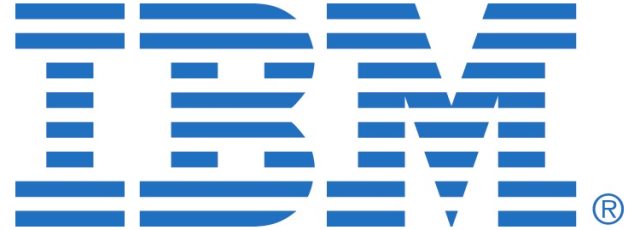IBM plans to invest $1 billion in research to design, create and integrate Flash into its servers, storage systems and middleware, a reflection of the changing requirements needed for companies to manage massive amounts of data.
As part of the news, IBM also announced a new line of Flash appliances. These storage appliances are based on technology acquired from Texas Memory Systems. IBM says the appliances can run 20 times faster than spinning hard drives and can store up to 24 terabytes of data.
The move comes as more companies need better ways to manage the high volume of data resulting from the influx of mobile apps, the web and the ability to create data with updates in pictures, video and trillions of text messages.
All that data makes for major bottlenecks in systems that have long depended on mechanical hard disks to process information. Those hard disk systems did just fine in an age when vendors built vertical stacks for transaction-based systems, such as ERP and business-management solutions. Today, the market is shifting to a more distributed horizontal mesh where data is spread over tens of thousands of servers.
IBM has a deep history in the server market and middleware and is showing a new focus on storage. But who is this for? If you look at the news, it’s apparent this move is to support its existing customer base, which has long-term investments in credit-card processing, manufacturing and operations that require large enterprise resource planning environments.
IBM’s Flash investment shows how companies are calibrating their strategies according to the data they process. Facebook uses Flash to process Internet-scale applications. IBM will apply Flash to software installations inside data centers at big banks, factories and other large-scale operations. These are two different uses tied together by the universal need to manage data and integrate it into the way we live and work.
